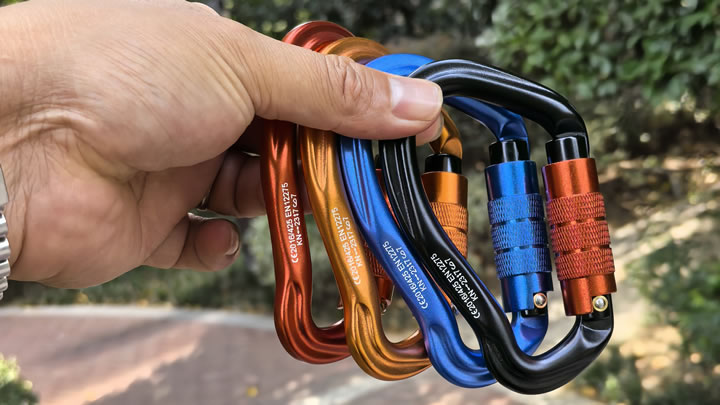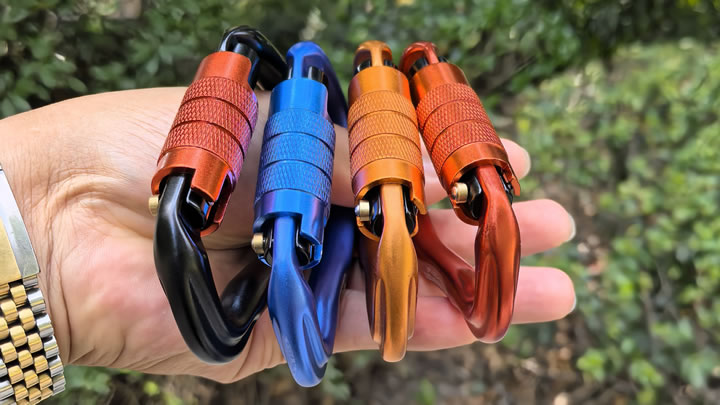How to Hang a Hammock Between Two Trees (Step-by-Step Guide)
Hanging a hammock between two trees is a simple yet rewarding skill for outdoor enthusiasts, campers, or anyone craving a cozy backyard retreat. However, improper setup can damage trees or lead to accidents. This guide provides a detailed, eco-friendly approach to ensure safety, comfort, and minimal environmental impact.

Why Tree-Friendly Setup Matters
Trees are vital ecosystems—damaging their bark with ropes or chains can harm their health. Always use wide, non-abrasive tree straps (1.5–2 inches wide) to distribute weight evenly and protect the bark. Avoid nails, screws, or thin ropes that leave permanent scars.
Tools You’ll Need
- Hammock with attached carabiners
- Adjustable tree straps (2 sets)
- Tape measure (optional)
- Angle-checking tool (or eyeball estimate)
Step 1: Choose the Right Trees
- Distance: Ideal spacing is 10–15 feet apart. Too close? The hammock will sag; too far? Straps may slip.
- Tree Health: Opt for mature, sturdy trees (minimum 6-inch trunk diameter). Avoid dead trees, saplings, or protected species.
- Ground Check: Ensure the area beneath is clear of rocks, roots, or hazards.
Step 2: Attach Tree Straps Properly
- Wrap straps 4–5 feet high on each trunk.
- Loop the strap through its own buckle or D-ring.
- Adjust height based on hammock length—higher anchors create a deeper sag.
Pro Tip: Position straps slightly higher than your desired sitting height to account for sag.
Step 3: Connect the Hammock
- Clip the hammock’s carabiners to the straps.
- If using knots (e.g., bowline or figure-eight), ensure they’re secure but easy to untie.
Step 4: Adjust for Optimal Comfort
- Sag Angle: Aim for a 30° angle between the strap and the tree. A flatter hammock (too tight) strains the fabric and trees; too much sag makes sitting upright difficult.
- Height: The hammock’s lowest point should sit 18–24 inches off the ground for easy entry/exit.
Step 5: Test and Fine-Tune
- Gently sit in the hammock to check stability.
- Adjust strap height or tension if uneven.
- Shake lightly to simulate movement—straps shouldn’t slip.
Common Mistakes to Avoid
- Ignoring Tree Health: Never hang on young or fragile trees.
- Over-Tightening: Straps should hug the trunk but not dig into bark.
- Skipping the Test: Always verify stability before fully relaxing.
Eco-Friendly Maintenance Tips
- Remove Straps After Use: Prolonged pressure can weaken bark.
- Rotate Anchoring Spots: Avoid stressing the same trees repeatedly.
- Clean Up: Leave no trace of your setup.
Final Thoughts
A well-hung hammock blends relaxation with responsibility. By prioritizing tree health and precision, you create a sustainable oasis for years of enjoyment. Whether camping or lounging in your yard, this method ensures safety, comfort, and harmony with nature.






